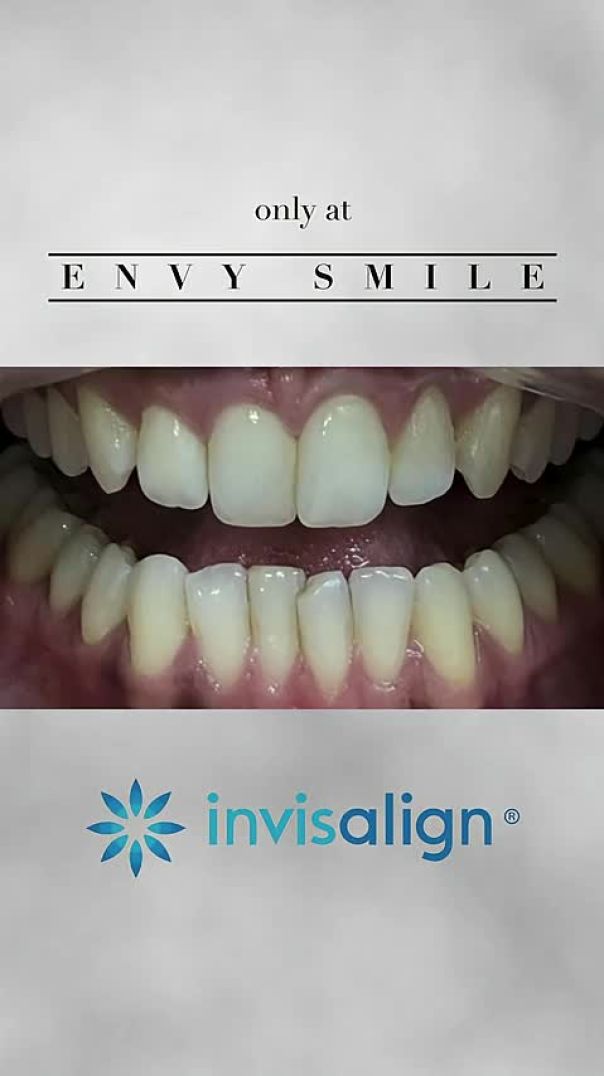New Zealand’s ambitious goal to become "smoke-free" by 2025 has sparked global interest, but confusion persists about what this entails. Contrary to assumptions of an outright prohibition, the target focuses on reducing smoking prevalence to below 5% across all demographics, rather than implementing a total ban. However, recent legislative strides suggest the country is adopting some of the world’s toughest anti-smoking measures, inching closer to a de facto eradication of tobacco over time.
Government Initiatives: A Phased Approach
In December 2022, New Zealand passed the Smokefree Environments and Regulated Products (Smoked Tobacco) Amendment Act, a groundbreaking law that:
Prohibits sales to anyone born after 2008, effectively creating a "generational ban" that will prevent youth from ever legally purchasing tobacco.
Reduces nicotine levels in cigarettes to non-addictive amounts.
Slashes the number of tobacco retailers by over 90%, from 6,000 to just 600 nationwide.
These measures aim to phase out smoking gradually, targeting a smoke-free society by 2025 while acknowledging that full elimination may take decades as older smokers age out of the population.
Feasibility Challenges
While the policy framework is robust, several hurdles could impede success:
Black Market Risks: Strict limits on legal sales may fuel illicit trade, undermining public health goals. Australia’s experience with high cigarette taxes shows smuggling networks can thrive, necessitating stringent enforcement.
Equity Concerns: Smoking rates among Māori (New Zealand’s Indigenous population) remain disproportionately high (19.9% vs. 8.3% for non-Māori in 2021). Critics argue that without culturally tailored cessation programs, the ban could deepen health disparities.
Vaping’s Double-Edged Sword: E-cigarettes, marketed as safer alternatives, are now more popular than smoking among youth. While vaping aids adult smokers, its long-term health impacts and appeal to teens pose new regulatory dilemmas.
Public Support and Ethical Debates
The generational ban has drawn mixed reactions. Health advocates praise its innovation, while libertarians decry it as governmental overreach. A 2021 survey found 69% of New Zealanders supported making tobacco less accessible, signaling broad but not universal approval. Ethical concerns about personal autonomy clash with the state’s responsibility to curb healthcare costs (smoking-related illnesses cost NZD $2.5 billion annually).
Will 2025 Mark a Total Ban?
The short answer is no. Smoking will not be illegal in 2025, but the combined policies are projected to slash smoking rates to historic lows. Modeling suggests adult prevalence could drop to 3–4% by 2025, with the generational ban ensuring near-zero uptake among youth. For context, adult smoking rates have already fallen from 18% in 2008 to 8% in 2023.
Looking Beyond 2025
New Zealand’s strategy is a long game. By 2050, when individuals born after 2008 reach middle age, smoking could vanish entirely from legal markets. Success hinges on adaptive policies that address vaping risks, illicit trade, and socioeconomic inequities. If effective, the model may inspire other nations to adopt similar phased prohibitions.
Conclusion
New Zealand’s smoke-free vision is less about an immediate ban and more about a carefully engineered societal shift. While 2025 won’t see cigarettes disappear entirely, the nation is poised to achieve a public health milestone—transforming smoking from a common habit to a rare exception. The real test will be ensuring the transition is just, inclusive, and resilient against unintended consequences.






























leonelhartnett
5 months ago